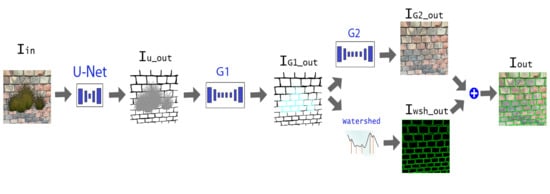Deep Learning-Based Masonry Wall Image Analysis
Abstract
Share and Cite
Ibrahim, Y.; Nagy, B.; Benedek, C. Deep Learning-Based Masonry Wall Image Analysis. Remote Sens. 2020, 12, 3918. https://doi.org/10.3390/rs12233918
Ibrahim Y, Nagy B, Benedek C. Deep Learning-Based Masonry Wall Image Analysis. Remote Sensing. 2020; 12(23):3918. https://doi.org/10.3390/rs12233918
Chicago/Turabian StyleIbrahim, Yahya, Balázs Nagy, and Csaba Benedek. 2020. "Deep Learning-Based Masonry Wall Image Analysis" Remote Sensing 12, no. 23: 3918. https://doi.org/10.3390/rs12233918
APA StyleIbrahim, Y., Nagy, B., & Benedek, C. (2020). Deep Learning-Based Masonry Wall Image Analysis. Remote Sensing, 12(23), 3918. https://doi.org/10.3390/rs12233918






